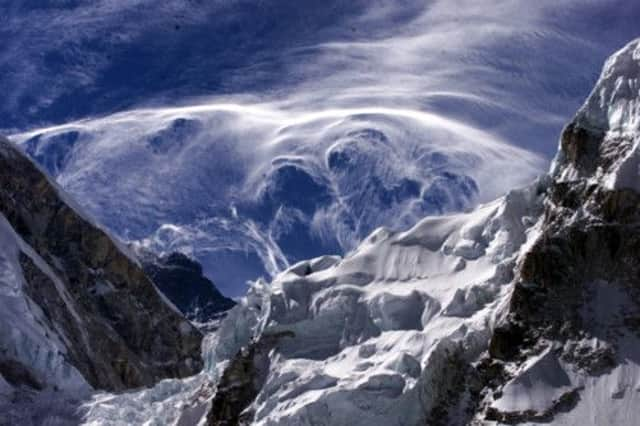Climbing Everest for a high chance of survival


For most people, venturing to the highest mountain range in the world is a culmination of years of training and dedication, the ultimate, hard-earned challenge for passionate mountaineers.
The isolated foothills of Everest aren’t, it’s fair to say, usually cited as an ideal spot to conduct medical experiments.
Advertisement
Hide AdAdvertisement
Hide AdBut for a 200-strong team of doctors, scientists and willing volunteers, eager to scale new heights of life-saving, the high altitude at Everest Base Camp meant it was an attractive (and hugely challenging) venue.
In the UK, one in five people will be treated in intensive care at some stage in their lives and of these 40 per cent will die.
Part of the reason for this is a condition called hypoxia, which happens when blood-oxygen levels drop dangerously low. It can lead to multiple organ failure.
Low blood-oxygen also affects humans at very high altitude – like when climbing the world’s tallest mountains – and this is the method behind the madness of Xtreme Everest, the organisation behind the expedition, in selecting their unlikely lab location.
“The studies on Everest are trying to be translated into patients fighting for their lives in an intensive care unit,” says Dr John Goldstone, one of the project leaders and an intensive care consultant at The London Clinic, which has helped fund Xtreme Everest.
“When you collapse with a poorly functioning heart, or you have pneumonia, for example, the oxygen level in your blood goes way down, and this can result in organ failure.
“Whether or not you survive organ failure is really, we think, to do with whether you can tolerate very low oxygen levels in your cells, in the tissues and the major organs like the heart and the kidneys.”
Led by Dr Dan Martin, an anaesthesia and critical care consultant from UCL who is still working at base camp, Xtreme Everest is a not-for-profit collaboration led by medics and scientists from UCL, University of Southampton and Duke University in the US. This year’s study, Xtreme Everest 2, is a follow-up to an initial 2007 expedition which saw more than 200 people trek to Everest base camp to conduct and take part in similar experiments.
Advertisement
Hide AdAdvertisement
Hide AdExperienced climbers in the group also performed tests on themselves in the Everest “death zone” above 8,000m, where there’s barely enough oxygen to support life.
The mission obtained valuable data about how cells function at low oxygen levels, how blood is supplied when oxygen is low, and the changes in physiology when oxygen levels drop. Xtreme Everest 2 aims to build on this knowledge, and answer questions the first expedition raised.
Over the last two months, thousands of tests have been carried out on both volunteers and the doctors themselves, in makeshift laboratories at the 5,300m-high Everest base camp and at Namche Bazaar, a small settlement at an altitude of 3,500m on the way to base camp.
The tests included performance testing on exercise bikes; blood, saliva, hair, urine, nasal swab and spit collection; lung function and muscle and skin oxygenation measurement, and various ultrasound scans and heart ECG measurement.
The huge amount of equipment required to carry out these sophisticated tests posed an epic logistical challenge and 15 tonnes worth of paraphernalia was shipped to Nepal and transported to the laboratories by native Sherpas.
The Sherpas’ contribution didn’t end there – they also underwent medical tests to try to establish how their bodies have adapted to living with such low oxygen levels, and why they seem to cope with the extreme conditions so much better than others.
Such an ambitious expedition was necessary, Goldstone explains, because it’s very difficult to study patients in intensive care, as they’re so ill.
“It’s incredible - quite sophisticated experiments are being performed in tents. They really are quite ingenious,” he says.
Dr Martin, and the small group now left at Everest are currently packing up their equipment and sending it and the collected data back to the UK, where the results will be assessed.